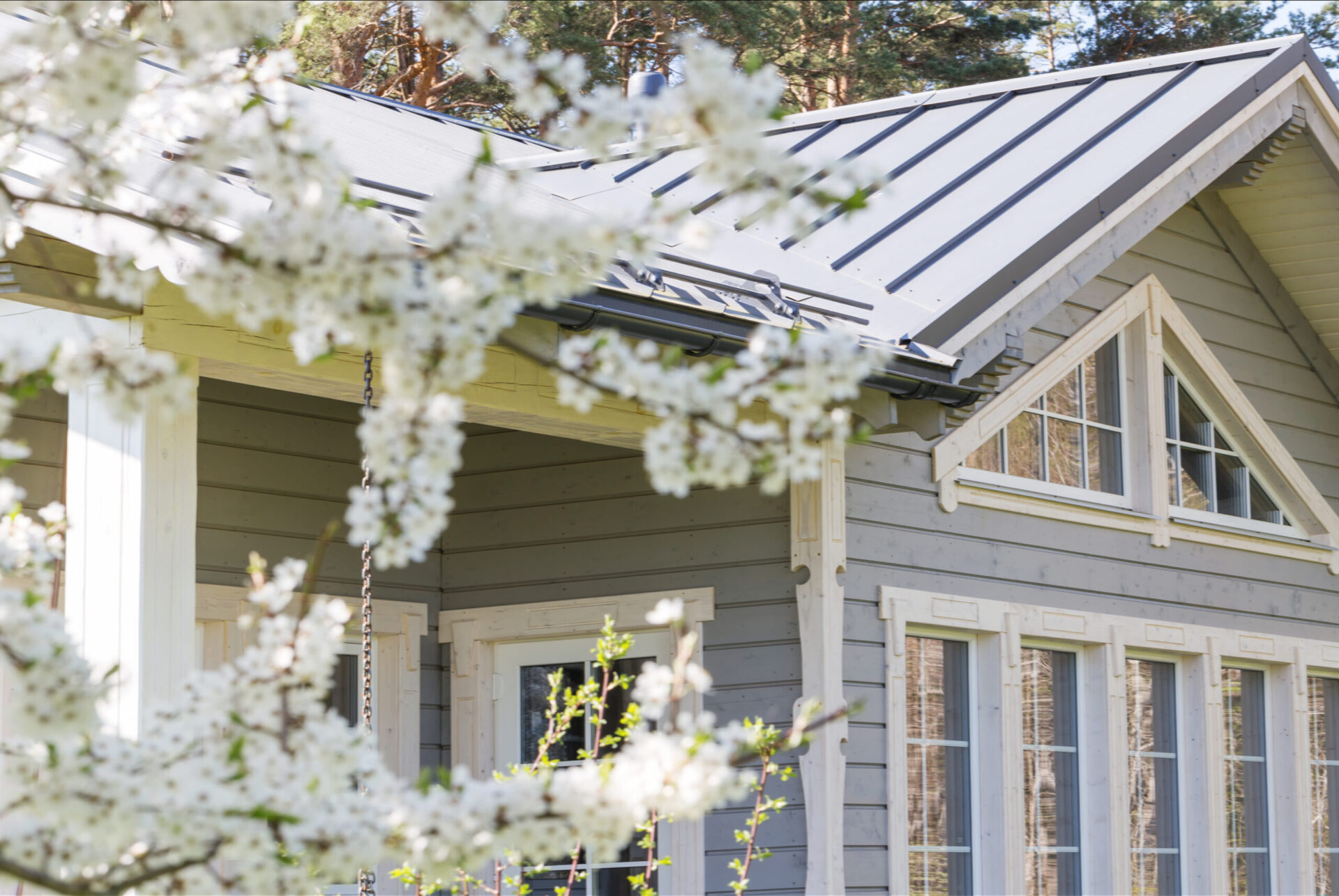By PATRICK LAVERY
Interest rates are rising as the spring homebuying season starts in many parts of the country.
Federal Reserve Chair Jerome Powell indicated in his testimony before U.S. lawmakers this week that although the central bank’s policymakers have yet to decide how large their next rate hike will be, “the ultimate level of interest rates is likely to be higher than previously anticipated” based on the latest economic data. They will be meeting on March 21 and 22.
“As I have mentioned in my testimony, the data we have seen so far this year suggests that the ultimate level of rates will need to be higher. We still have some more data to come in between now and the meeting. But as of today, it suggests a higher level,” Powell said Wednesday while before the U.S. House of Representatives Financial Services Committee.
Traders of futures predict a half-percentage-point hike in interest rates, according to Reuters.
What does this mean for mortgage rates?
Troy Williamson, a Wilmington, NC-based senior loan officer for Cornerstone Home Lending, says that even with all the Fed has been doing, inflation still has not cooled as much as they hoped.
Mortgage rates “hate” inflation, so the faster disinflation can happen, the faster mortgage rates will fall, he told The Mortgage Note.
The 30-year fixed rate rose to 6.79% last week – the highest level since November 2022 and 270 basis points higher than a year ago.
Williamson said the Fed “still has some work to do” to get inflation down to its 2% target level, but does predict a definitive cooling in the next 12 to 18 months. And while that could include a recessionary period when belts are tightened across America, mortgage rates do historically drop during these times.
“Ideally the markets are looking for the Federal Reserve to continue to bring inflation down in a controlled, less aggressive manner in order to bring the economy in for a ‘soft landing,’” Williamson said.
How will this affect the housing market?
Inflation and interest rates are two of the “big ones” when it comes to factors that could determine the health of the housing market for the rest of 2023, according to Rob Barber, CEO of ATTOM.
After 11 years of steady gains, Barber said, the median American home price fell 8% over the back half of last year to $321,000, with 90% of metro areas measured by ATTOM seeing a drop from the third to the fourth quarter.
The high end of the market, which ATTOM considers homes going for $400,000 or more, was particularly hard-hit as many prospective homebuyers at least thought about pulling back on spending.
Barber does not see home prices going up substantially this spring if inflation and interest rates continue to put pressure on potential buyers.
“If inflation gets notably worse again – say, back over 7% — and interest rates go to 7% or more, it would be hard to see prices doing anything but staying flat, or going down further,” Barber said. “In that case, the tight supply of homes for sale would be about the only major factor that could help ease a downturn in prices.”
HouseCanary’s latest Market Pulse report found that net new listings fell by double digits for the tenth straight month in February as rate lock-in and affordability concerns keep homeowners stuck in their current living situation.
Editor Kimberley Haas contributed to this report.
Follow Us On Twitter:
As sellers become savvier about return on investment opportunities before putting their house on the market, the presale home renovation company Revive is expanding nationally. https://t.co/GTGjTaSfGd
— The Mortgage Note (@TheMortgageNote) March 8, 2023
Read More Articles:
Rocket Pro TPO Competes For Loans Under $200K
Innovations In Lending: One-On-One With Knock CEO Sean Black
